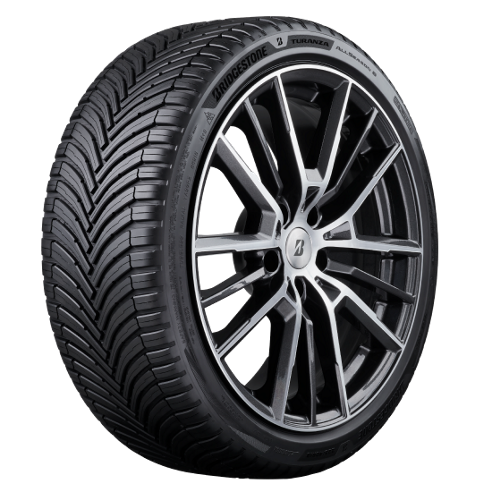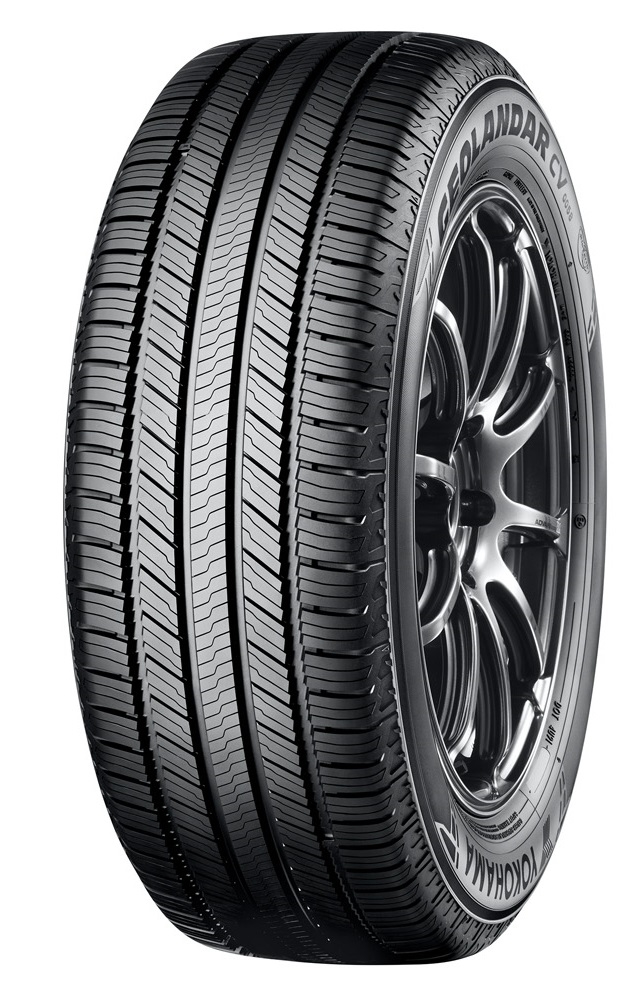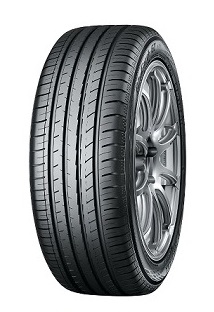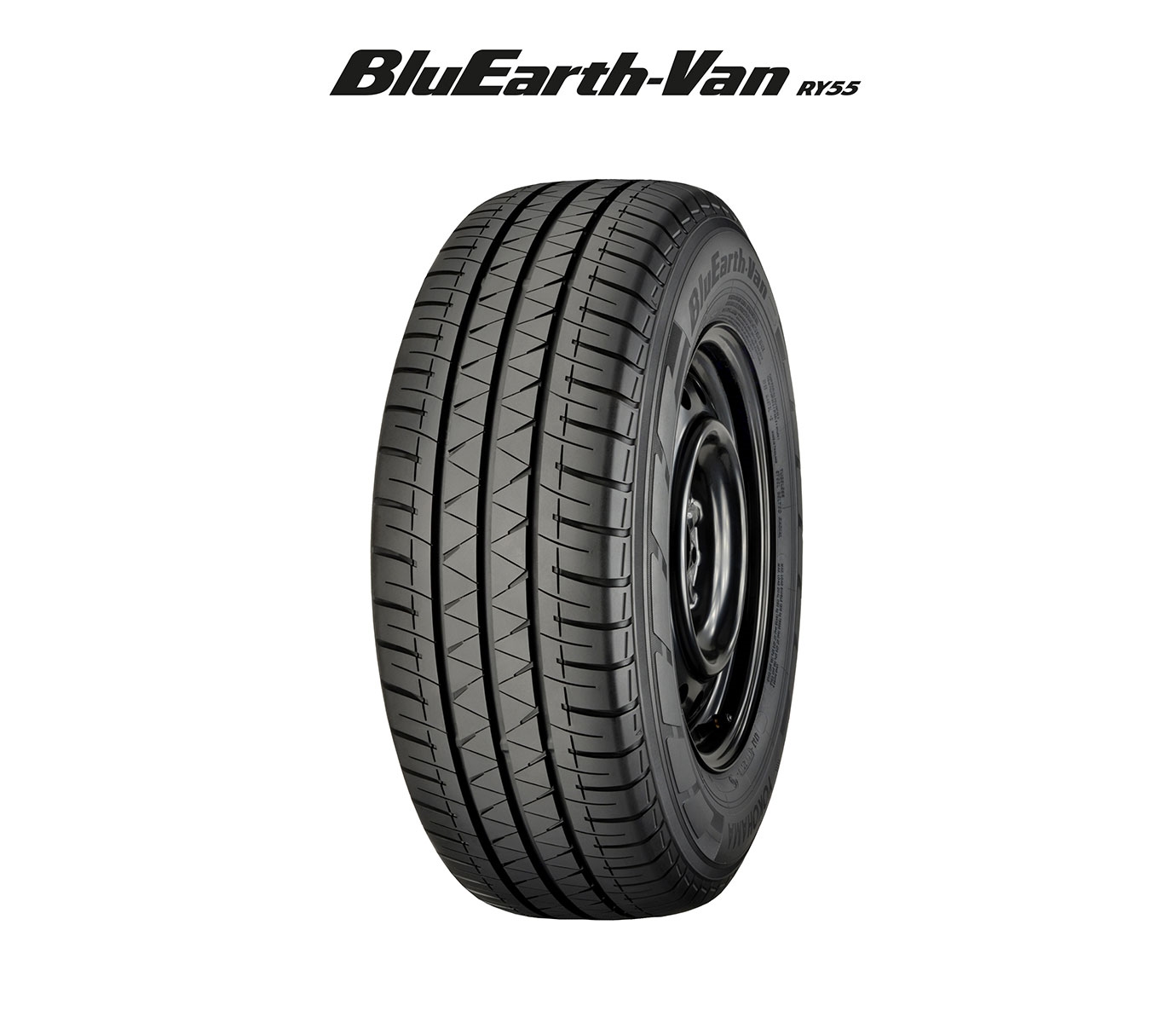In this article, we’ll explore five ways that your driving behaviour can affect the wear and tear of your windscreen, and what you can do to prolong its life.
- Frequent driving on rough terrains
The type of road you choose to drive on can make a big difference. Gravel roads or terrain filled with potholes and bumps can cause a lot of vibration and movement within the car, which in turn can lead to a stressed windscreen. Every bump on the road shakes the glass, making it more susceptible to cracks and chips. Additionally, loose gravel and stones can easily get kicked up by other vehicles, leading to direct impacts on your windscreen.
In such cases, it’s essential to address minor chips and cracks immediately, through professional windshield repair. Leaving them untreated can cause them to expand, often necessitating a complete windscreen replacement. A timely repair can save you both time and money in the long run.
- Frequent sudden braking
Sudden or harsh braking does not only wear out your car’s brakes and tyres, but it also puts undue stress on your windscreen. When you brake suddenly, the abrupt stop can cause the glass to flex, especially if you are at high speeds. This recurrent stress weakens the structural integrity of the windscreen over time, making it more susceptible to cracks and chips.
Try to maintain a consistent speed and brake gradually whenever possible to reduce the stress on the windscreen.
- Improper cleaning techniques
Believe it or not, the way you clean your windscreen can also affect its longevity. Using abrasive materials or chemical cleaners not intended for auto glass can cause scratches and weaken the windscreen over time.
Always use a soft, microfiber cloth and cleaners specifically designed for automotive glass. A clean windscreen not only improves visibility but also reduces wear and tear.
- Extreme temperature changes
Extreme temperature changes can have a significant impact on your windscreen. When it’s freezing outside, and you blast hot air on the windscreen to quickly defrost it, the rapid temperature change can cause the glass to crack.
Always gradually increase or decrease the temperature inside your car during extreme weather conditions. If you need to defrost your windscreen, start with cool air and gradually make it warmer.
- Overloading the vehicle
An overloaded vehicle puts extra pressure on all its parts, including the windscreen. Excessive weight can stress the windscreen, particularly when going over bumps or rough terrains.
Always adhere to the manufacturer’s weight limits for your vehicle to ensure all components, including the windscreen, stay in good condition.
The windscreen is a crucial component of your vehicle’s safety system, and it’s essential to keep it in optimal condition for your well-being. Simple yet effective changes in your driving habits can significantly prolong the life of your windscreen, save you money, and more importantly, keep you safe on the road.
By being mindful of the roads you drive on, how you brake, the materials you use for cleaning, temperature changes, and how you load your vehicle, you can make a substantial difference in reducing windscreen wear and tear. So, the next time you hit the road, remember that the care of your windscreen starts with you.








